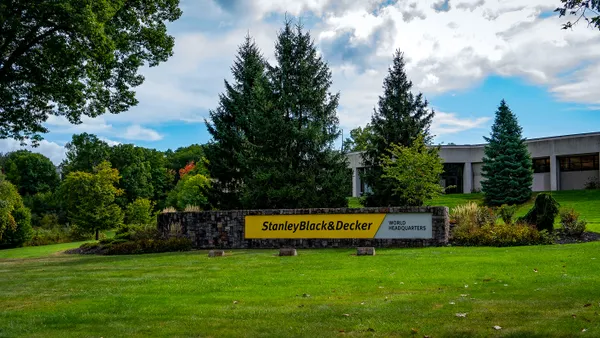The era of beating up suppliers for annual cost reductions is over. Thankfully.
The typical passive aggressive procurement strategy — where the supplier is forced by buyers to continue to offer price concessions in exchange for the opportunity of future business — has run its course. Buyers and sellers alike are saying good riddance.
Supplier’s productivity savings have been realized and shared through process improvement initiatives, strong supplier relationships, supply and demand alignment, and streamlined inventory programs. Profit margins have been reduced to the bare minimum. The supplier well is dry.
Yet, the pressure on procurement organizations for cost reductions has never been greater. It is time for another procurement strategy, one aimed squarely at transaction costs.
External strategies have run their course
Over the year, firms have introduced and established many supplier-facing strategies that seek to manage supplier performance in the key areas of cost management, on-time delivery, and perfect quality.
Integrated supply strategies, supported by technology and a focus on the end-to-end supply chain, have generally been successful. In most cases, the global supply chain is humming along. But how do we get even better?
Look inward for the next strategy
Companies need to look inward to find the cost savings they are seeking by creating a procurement strategy that reduces transactional costs, eliminates inefficiencies, allows greater supplier participation, and focuses on long term strategic supply chain goals.
Technology will not replace the supply management organization, but free it to focus on innovative collaborations with a network of high performing global suppliers. Buy-side resistance may be necessarily overcome with an ongoing cultural change.
“The traditional buyer is going the way of the bank teller,” said Roy Anderson, executive vice president of the Duluth, Georgia-based procurement technology firm GoProcure. Anderson’s company works to automate the transactional procurement process, allowing buyers to work on strategic programs with suppliers.
“We look at transaction automation as a process that frees up a traditionally resource starved function to work on higher level projects that can result in benefits for both the buyer and supplier.” Anderson adds that purchasing professionals will benefit by working more strategically rather than get bogged down with daily firefighting.
Reducing transaction costs is the key
Buyers that work to decrease transaction costs through automated transaction products, or other enterprise-wide systems, will not only save money on transaction costs but increase efficiencies through workflow automation.
“The paper based requisition and purchase order system that still exists in many companies is not only antiquated, but highly inefficient for the buyers and the suppliers alike,” he said. “Automating the process significantly increases service levels to internal customers with more rapid deliveries.”
Concentrating on fewer suppliers
Supply base consolidation often enters into the automation process. Working with suppliers in tandem with process automation allows procurement organizations to, as Anderson calls it, ‘move demand.'
While working with fewer suppliers to increase leverage through greater spend is not new, it is more effective with suppliers who can streamline transactions, providing shared savings.
The two sided approach to cost savings is the key to this procurement strategy. “It is important to understand that the reduction of transaction costs impacts the supplier as well as the buyer,” Anderson said. “Once supply-side costs are lowered, the supplier is freed up to offer higher level services.”
With operating margins lowered, the buying organization becomes a preferred customer. In addition to an increased level of customer service, suppliers can also provide entry into their networks.
“We have seen suppliers offer access to key personnel in their own company, industry experts, and even a chance to be introduced to new customers,” said Anderson. “It’s like a breath of fresh air.”
A practitioner turned educator, Rich Weissman has more than 25 years of experience in all facets of supply chain management. He is past president of the Institute for Supply Management –Greater Boston, and the recipient of the Harry J. Graham Memorial Award, the highest honor bestowed by the Association.














